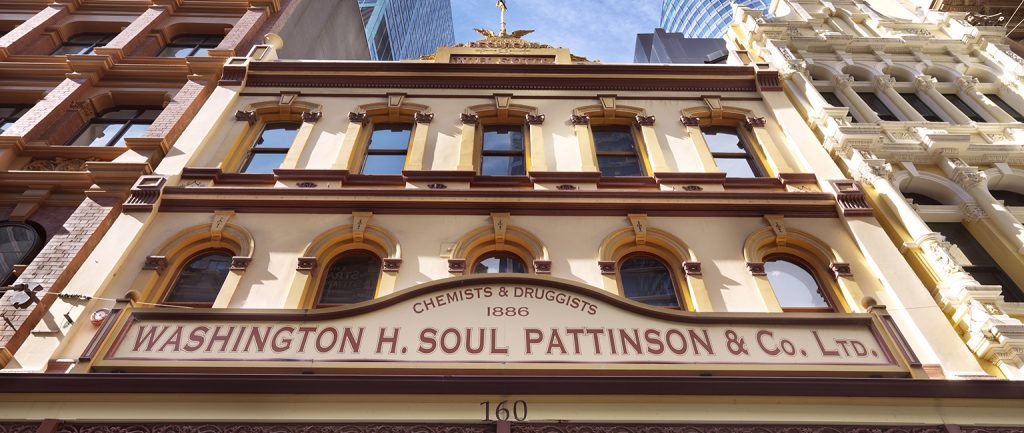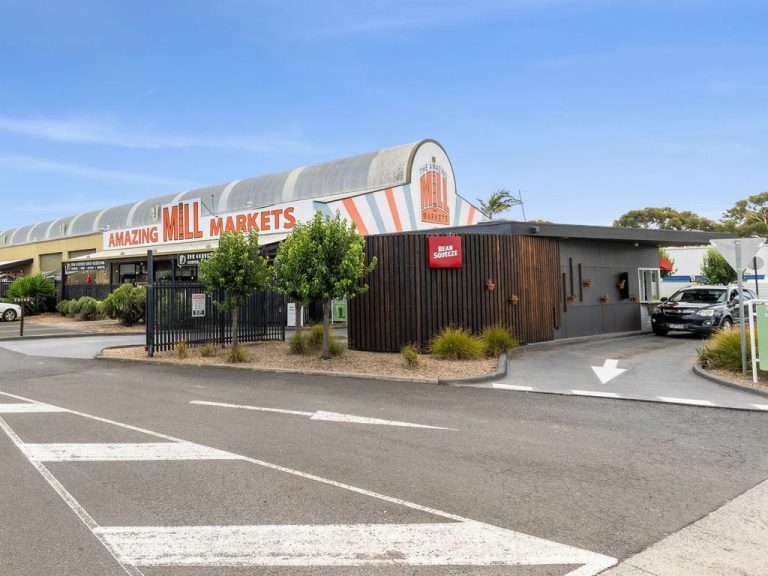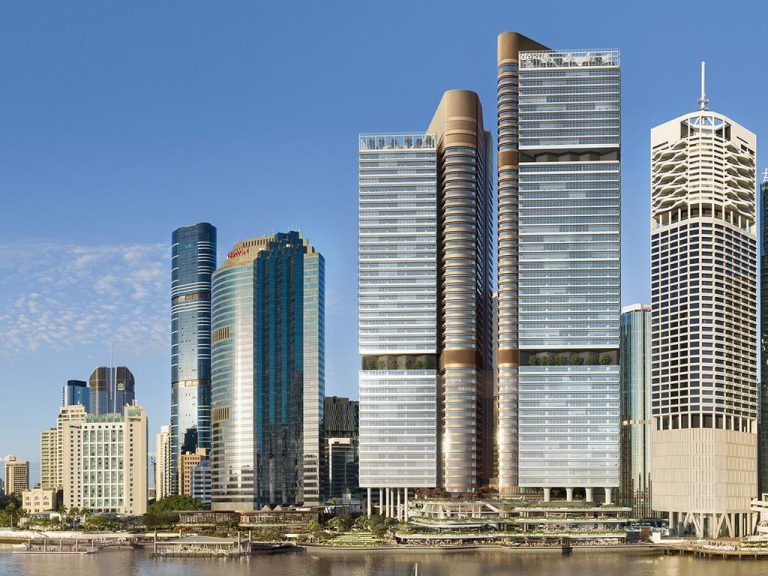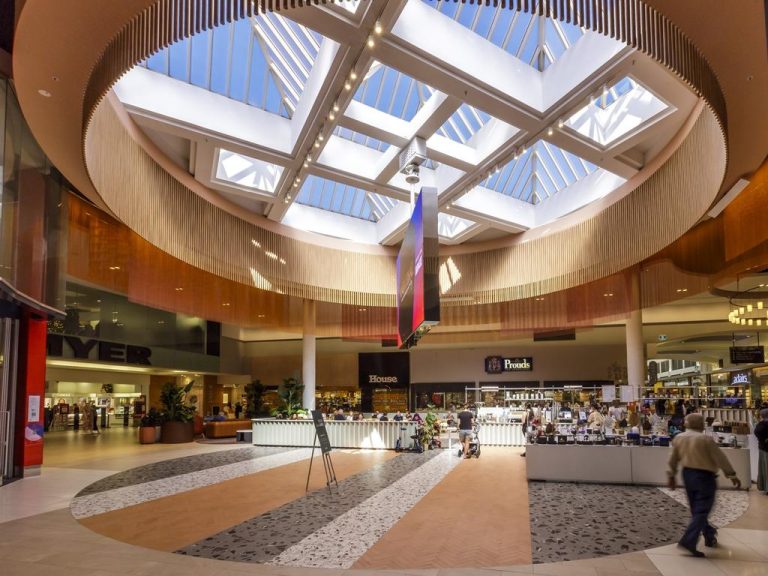Pitt Street Mall icon for sale for first time in history

A historic Pitt Street Mall building that has been home to the Soul Pattinson pharmacy for almost 150 years is on the market for the first time.
The heritage-listed building at 160 Pitt St has been the headquarters of the Soul Pattinson Chemist and its head office since 1873, and is one of only 10 properties with Pitt Street Mall frontage.
It has never been sold, marking it as one of the last privately-owned properties on Pitt St.
JLL’s Simon Rooney and Rob Sewell and Pitt Street Real Estate Partners have been appointed to sell the property, with Rooney saying retail opportunities don’t come any more rare than this.
“160 Pitt St is one of just 10 properties with Pitt Street Mall frontage, highlighting the scarcity of super-prime investment opportunities and the highly consolidated nature of the mall, being just two thirds the length of Melbourne’s Bourke St Mall and half the length of Brisbane’s Queen St Mall,” he says.

The Soul Pattison building on Pitt St is to be sold for the first time.
Rooney says the potential buyer demographic is almost unlimited.
“There’s no typical buyer for this property. It’s going to appeal to a very wide range of groups: ultra high net worth private investors, offshore groups looking to secure a freehold stake in one of the world’s top retail destinations and Australia’s most iconic and successful retail precinct,” he says.
“We also expect to see keen interest from major retailers looking to secure a highly sought outlet on arguably Australia’s strongest and most vibrant retail strip.”
Rooney says Pitt St is the most productive retail strip in Australia, with annual sales of around $1.4 billion, or $14,000 per square metre.

The building is one of the last privately-owned properties on Pitt St.
“High profile international retailers (have been drawn) to Pitt Street Mall in recent years, such as H&M, Zara Home, Topshop, Sephora, Forever 21, Uniqlo and Microsoft. As a result of the high retailer demand for presence along Pitt St, it now commands some of the highest rents in the world, with recent evidence showing rates of $12,000-$15,000 per square metre.”
Sewell says Sydney’s Midtown precinct is booming, with the Light Rail and Sydney Metro projects soon to make it even easier to access. He says Midtown vacancy has dropped to 6.4%, well down on the 10-year average of 8.1%.
“There is tangible evidence that rents are rising in Midtown. Multiple capital sources are subscribers to the Midtown investment thesis and investor expectation of above trend effective rental growth is reflected in underwriting assumptions,” he says.
“Midtown is a beneficiary of new infrastructure projects in the Sydney CBD. The Sydney Light Rail and Sydney Metro (stage 2) will improve the accessibility of the precinct and make it an even more desirable location for organisations.”







